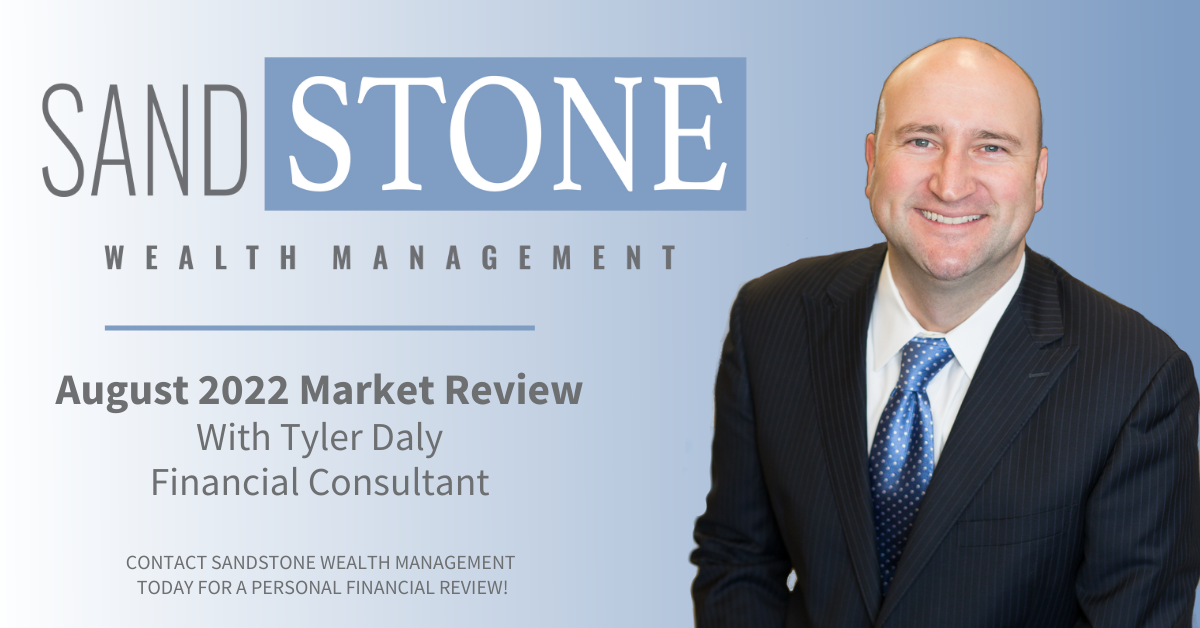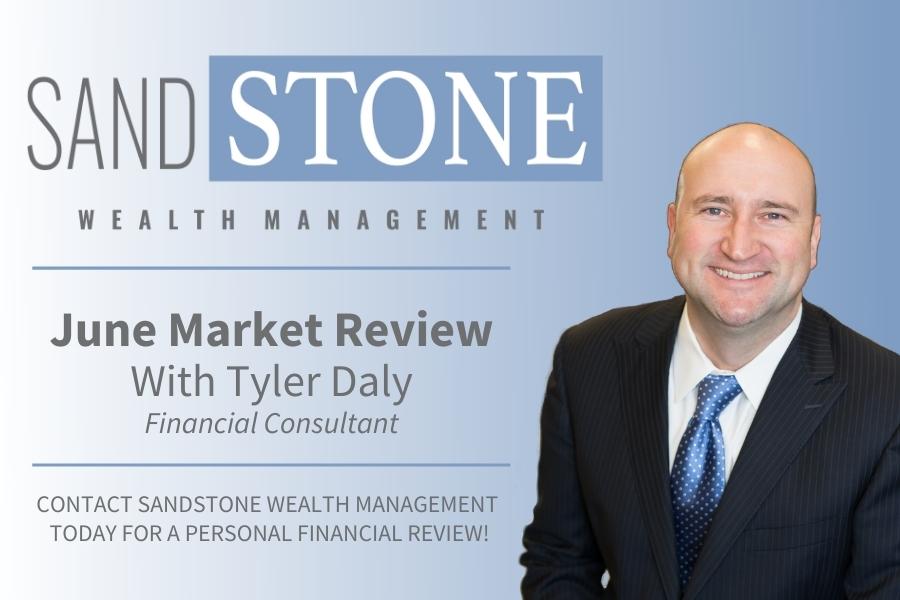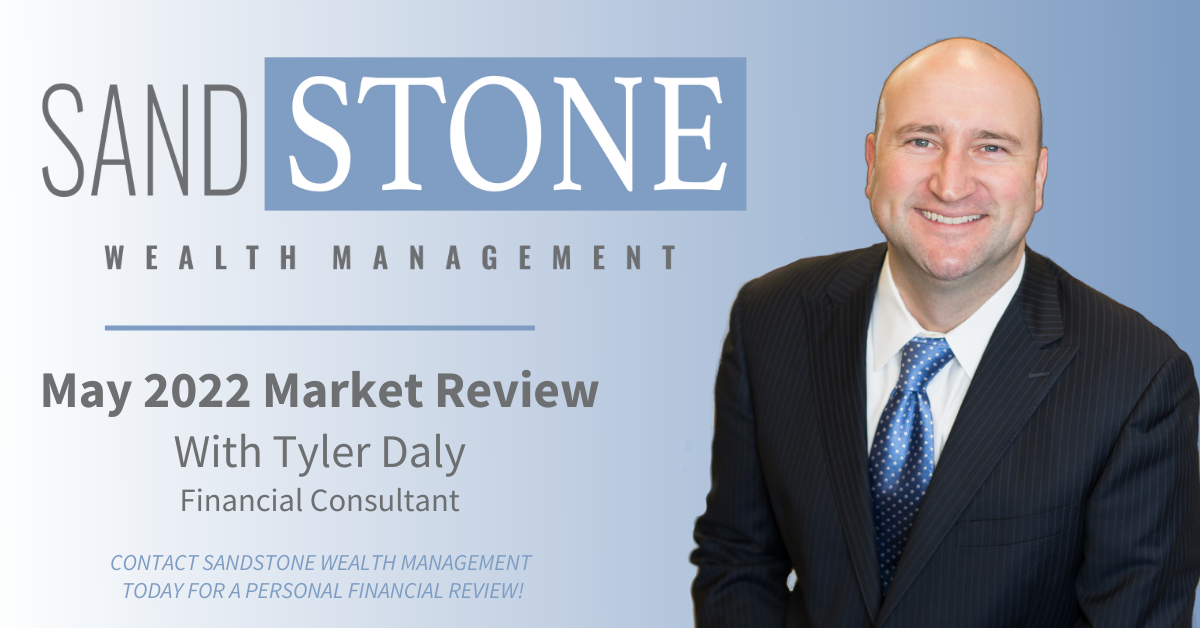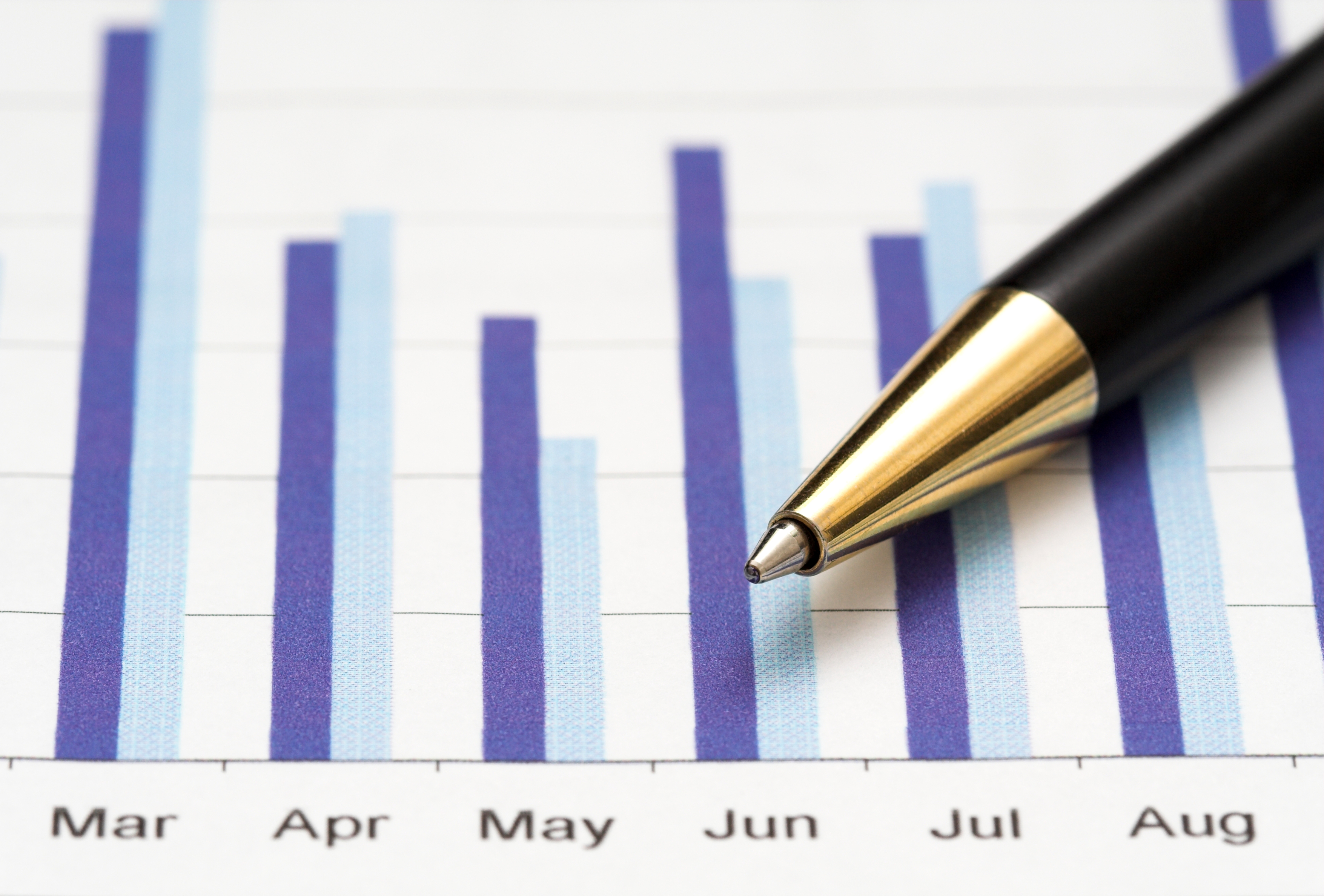
Domestic investors are facing two distinct periods of uncertainty: now through Labor Day (September 3) and Labor Day until the midterm elections (November 6). Ed Mills, Washington policy analyst, expects the first period is likely to see elevated activity with the Mueller investigation, continued trade-related escalations, and increased geopolitical headlines. As Washington, D.C., works through these issues, he is concerned about the binary nature of these fights teetering between potentially extremely positive and negative outcomes.
Key flashpoints on trade matters over the next several weeks could see Chinese tariffs, investment restrictions, a possible NAFTA breakthrough with Mexico, and possible tariffs on imported cars moving toward resolution or increasing escalation. The upcoming midterm elections combined with the possible late-summer wrap-up of the special counsel investigation could also contribute to potential uncertainty, Mills said.
Meanwhile, second-quarter gross domestic product (GDP) was reported in line with estimates at 4.1%, the strongest quarterly growth in four years. This is only the fifth time since the credit crisis that quarterly growth exceeded 4%, noted Senior Equity Portfolio Analyst Joey Madere.
Despite noise from headline news, all the major domestic equity indices were up for the month (the fourth monthly gain for the Standard & Poor’s 500). Year-to-date performance was also positive as shown below, although the global MSCI EAFE index and Bloomberg Barclays U.S. Aggregate Bond index each slid almost 2%.
| 12/29/17 Close | 7/31/18 Close | Change | Gain/Loss | |
|---|---|---|---|---|
| DJIA | 24,719.22 | 25,415.19 | +695.97 | +2.82% |
| NADSAQ | 6,903.39 | 7,671.79 | +768.40 | +11.13% |
| S&P 500 | 2,673.61 | 2,816.18 | +142.57 | +5.33% |
| MSCI EAFE | 2,050.79 | 2,011.39 | -39.40 | -1.92% |
| Russell 2000 | 1,535.51 | 1,670.71 | +135.20 | +8.80% |
| Bloomberg Barclays Aggregate Bond |
2,046.37 | 2,011.77 | -34.60 | -1.69% |
Performance reflects price returns as of 4:30 EDT on July 31, 2018. *EAFE and Barclays reflects the previous day's close.
Here is a look at what’s happening in the economy and capital markets, as well as key factors we are watching:
Economy
- Real gross domestic product (GDP) rose at a 4.1% annual rate in the advance estimate for the second quarter vs. 2.2% in the first quarter, reflecting a rebound in consumer spending growth and a surge in agricultural exports.
- Consumer spending (68% of GDP) rose at a 2.2% annual rate in the first half of the year, but inflation-adjusted wage growth has been trending flat.
- Tariffs, a significant issue for some industries, have had a limited impact on overall economic growth so far, and financial market participants generally believe that trade negotiations will be settled with few complications. However, an escalation of trade tensions remains a key risk. We are looking to see if an increased threat of additional tariffs brings Beijing to the table – or if escalation by the two sides will continue, explains Washington Policy Analyst Ed Mills.
- In his semiannual monetary policy testimony to Congress, Federal Reserve (Fed) Chair Jerome Powell said that the central bankers believe “that – for now – the best way forward is to keep gradually raising the federal funds rate.” The qualifier “for now” suggests that the Fed may be more open to altering its policy path expectations if conditions change, explains Chief Economist Scott Brown.
- Fed Vice Chair for Supervision Randal Quarles recently outlined changes to the Fed’s approach to bank regulation. Among the changes: less frequent company-run stress tests, modified liquidity requirements, and modified or eliminated resolution planning requirements, said Mills.
- Projections of the federal budget deficit have risen and the Fed has picked up the pace of its balance sheet unwinding, but there has – so far – been a limited impact on long-term interest rates, according to Brown.
Equities
- Economic momentum remains solid, and second-quarter earnings have been stellar with more than half of the S&P 500 reporting, according to Managing Director of Portfolio & Technical Strategy Michael Gibbs and Senior Equity Portfolio Analyst Joey Madere.
- Technology shares suffered a blow as Facebook and Netflix stumbled at the end of the month.
- U.S. oil futures climbed past $70 a barrel for the first time in more than a week as a weaker dollar boosted the appeal of commodities and concerns over global supply disruptions persisted, according to Bloomberg.
Fixed Income
- Yield curve insecurity is plaguing investors, who question whether the flattening curve will eventually invert, explains Senior Fixed Income Strategist Doug Drabik.
- He suggests that laddered strategies could mitigate interest-rate risk, allowing investors to take advantage of potentially rising rates, while mitigating the reinvestment risk that comes with staying too short.
- According to Drabik, 80% to 90% of the entire corporate curve yield can be captured five to nine years out. The same can be done with municipal bonds nine to 15 years out on the yield curve.
- The Fed’s periodic rate hikes have had negligible effects on intermediate to long-term interest rates, in Drabik’s view.
- World central banks continue with accommodative policies and world interest rate disparity has kept U.S. rates relatively high, thus drawing the “safe-haven” trade. In addition, inflation forecasts have not yet exceeded the “acceptable” range for the Fed.
International
- Global trade concerns continued to overhang financial markets outside of the United States. Following a troubled NATO meeting that exacerbated fears of a schism between the United States and Europe, the respective presidents held an upbeat press conference to allay immediate tensions. As with the NAFTA trade negotiations, much work remains to be done, according to European Strategist Chris Bailey.
- Brexit challenges continue; discussions between the UK and the European Union have broken up for the summer with few tangible agreements. This is one reason why the euro and the pound have remained weak against the dollar. Clear progress will need to be made over the rest of the year, Bailey contends.
- Nevertheless, the European corporate earnings season has gotten off to a solid start, which should encourage investors who are looking to select individual stocks.
- Trade tensions between China and the United States persist with both countries highlighting further tariff escalation potential.
- More generally, emerging markets have continued to suffer outflows due to concerns about both trade issues and the impact of a higher value for the dollar. The current level of pessimism toward emerging markets, combined with low valuation multiples, suggests there may be opportunities for investors, assuming current trade tensions do not spill over into something more worrisome.
Bottom Line
- Historically the month of August has seen mixed returns in the equity markets. However, this is a midterm election year, and given that the past four months have shown positive performance, history suggests strong performance for the balance of the year, say Chief Investment Strategist Jeff Saut.
- We continue to view downside as limited (and potential pullbacks should be treated as buying opportunities) given the economic and fundamental backdrop, Madere added.
Please let me know if you have any questions about current market events or how to position your long-term financial plan for the months ahead. I look forward to speaking with you.
Sincerely,
Tyler Daly
Financial Advisor
Raymond James Financial Services, Inc.
*Investing involves risk, and investors may incur a profit or a loss. Past performance is not an indication of future results and there is no assurance that any of the forecasts mentioned will occur. Investors cannot invest directly in an index. The Dow Jones Industrial Average is an unmanaged index of 30 widely held stocks. The NASDAQ Composite Index is an unmanaged index of all common stocks listed on the NASDAQ National Stock Market. The S&P 500 is an unmanaged index of 500 widely held stocks. The MSCI EAFE (Europe, Australia, Far East) index is an unmanaged index that is generally considered representative of the international stock market. International investing involves additional risks such as currency fluctuations, differing financial accounting standards, and possible political and economic instability. These risks are greater in emerging markets. The performance noted does not include fees or charges, which would reduce an investor's returns.
©2018 Raymond James Financial Services, Inc., member FINRA/SIPC. Securities offered through Raymond James Financial Services, Inc., member FINRA/SIPC, and are not insured by any financial institution insurance, the FDIC/NCUA or any other government agency, are not deposits or obligations of the financial institution, are not guaranteed by the financial institution, and are subject to risks, including the possible loss of principal. Raymond James is not affiliated with the financial institution or the investment center.

Tyler has been in the financial services industry since 2004 and with Sandstone Wealth Management and Heartland Bank since 2009. He is Series 7, 66 and Insurance licensed to assist his clients with all their investing, financial planning, and insurance needs. Tyler was recently named to the Forbes List of America's Top Next-Generation Wealth Advisor, which recognizes advisors from national, regional, and independent firms. Tyler graduated from the University of Nebraska-Lincoln with a Bachelor’s Degree in Diversified Agriculture and was born and raised in the Nebraska Sandhills. This gives him an intimate knowledge and understanding of his farming and ranching clients. Tyler is married to Rachel, who earned her Doctorate of Pharmacy from the University of Nebraska. They have two children, Camilla and Cooper. Away from business, he enjoys officiating high school basketball in the winter as well as golfing and team roping in the summer.



.png)

.jpg)

.jpg)

.png)



